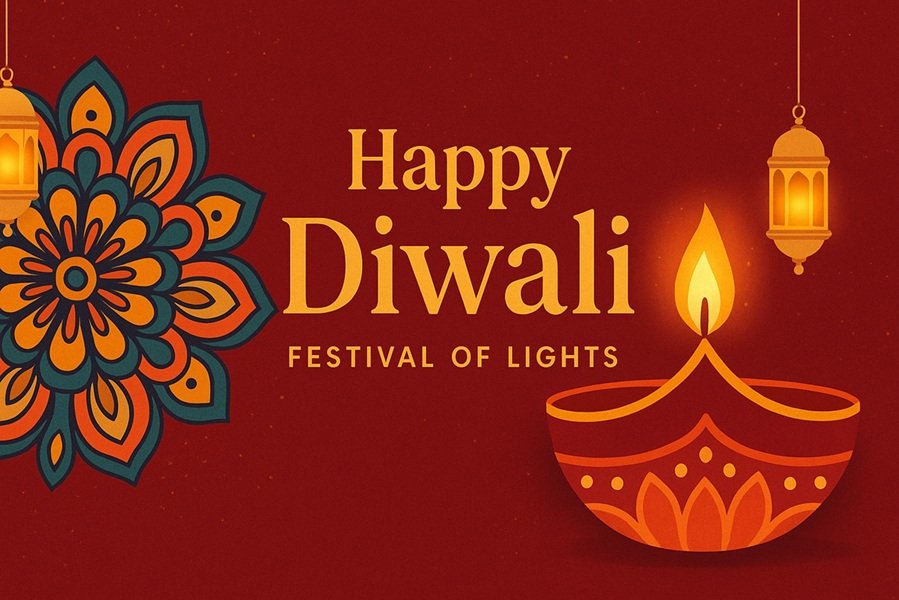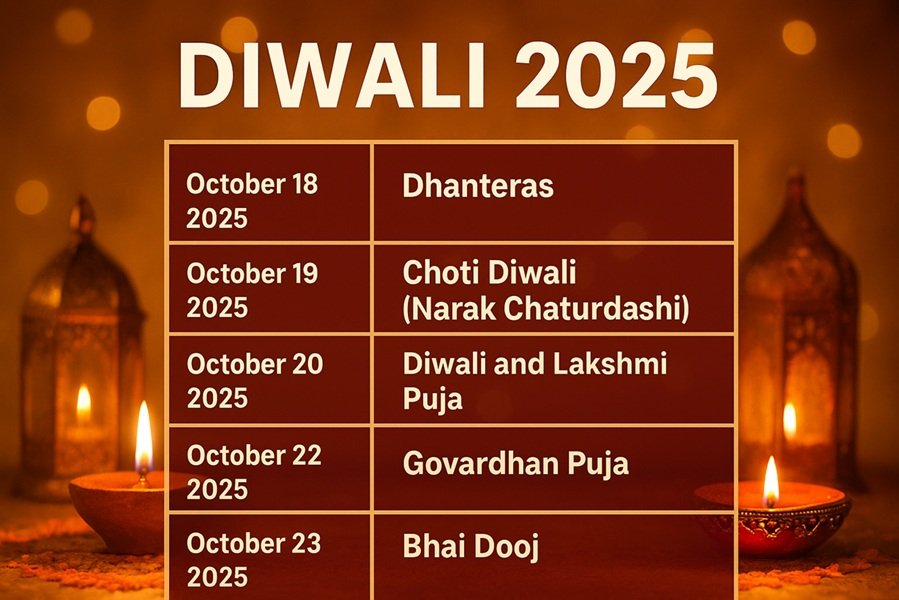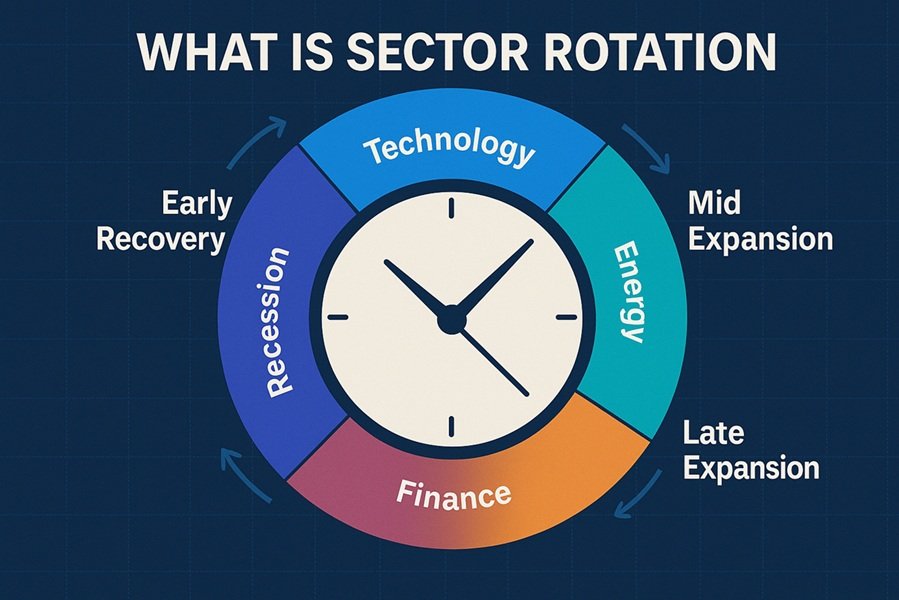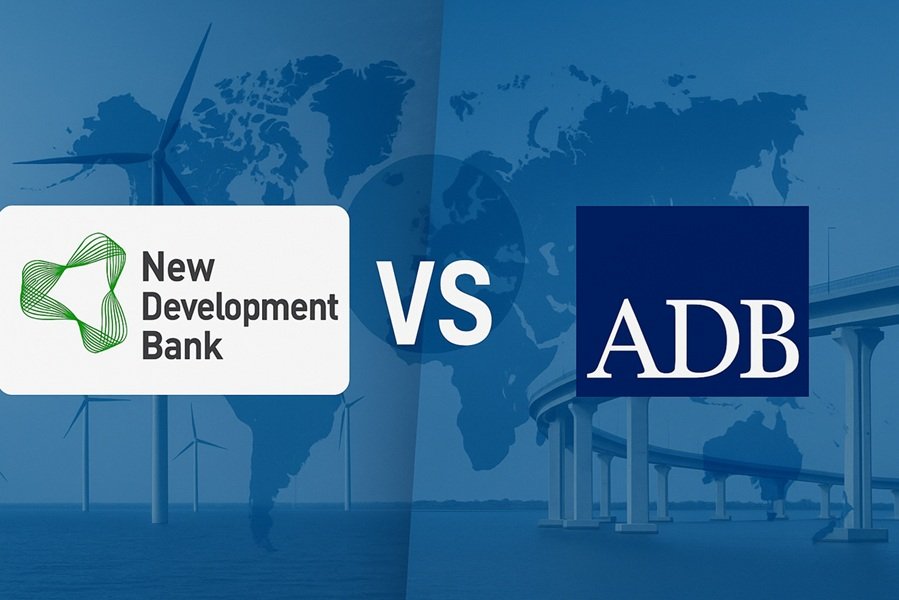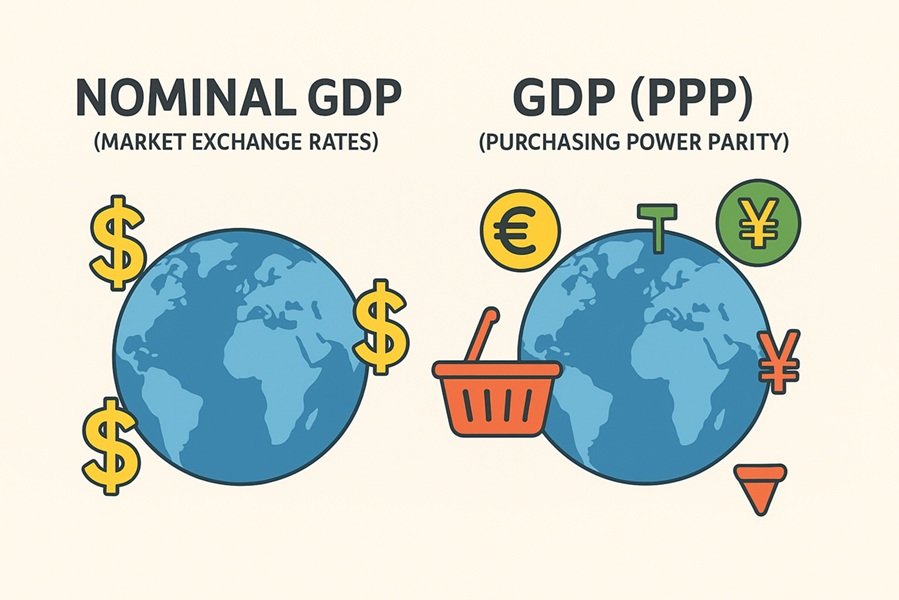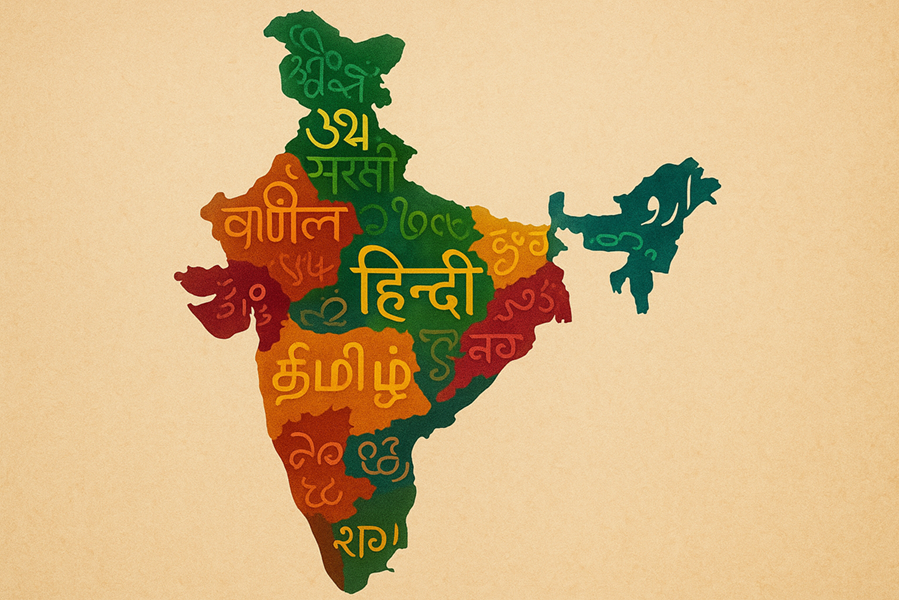
Introduction: A Land of a Thousand Tongues
India is often described as a land of unity in diversity, and nowhere is that diversity more beautifully reflected than in its languages. From the rhythmic tones of Bengali poetry to the musical cadence of Tamil literature and the regal grace of Sanskrit hymns, India’s linguistic heritage is one of the most complex and fascinating in the world.
With 22 officially recognized languages and over 19,500 dialects spoken across its vast geography, India stands as a living museum of linguistic evolution — a country where every few hundred kilometers, the script, accent, and vocabulary can change dramatically.
This article explores the origins, structure, classification, and cultural depth of Indian languages, and how they continue to shape the nation’s identity in the modern world.
1. The Linguistic Map of India
India’s languages belong mainly to four major language families:
| Language Family | Examples | Regions Predominantly Spoken |
|---|---|---|
| Indo-Aryan | Hindi, Bengali, Marathi, Gujarati, Punjabi, Assamese, Odia, Urdu | Northern, Western, and Eastern India |
| Dravidian | Tamil, Telugu, Kannada, Malayalam | Southern India |
| Austroasiatic | Santali, Mundari, Khasi | Central and Eastern India |
| Tibeto-Burman | Bodo, Meitei (Manipuri), Mizo, Lepcha | North-Eastern India and Himalayan regions |
About 75% of Indians speak Indo-Aryan languages, while 20% speak Dravidian languages. The remaining percentage includes speakers of Austroasiatic and Tibeto-Burman languages, as well as smaller linguistic groups like Andamanese and Nihali.
2. The Official Languages of India
Under Article 343 of the Indian Constitution, Hindi (in the Devanagari script) is the official language of the Union government. English is used as an associate official language, facilitating inter-state and international communication.
However, the Constitution recognizes 22 languages in the Eighth Schedule, known as the Scheduled Languages of India:
Assamese, Bengali, Bodo, Dogri, Gujarati, Hindi, Kannada, Kashmiri, Konkani, Maithili, Malayalam, Manipuri, Marathi, Nepali, Odia, Punjabi, Sanskrit, Santali, Sindhi, Tamil, Telugu, and Urdu.
Each of these languages carries a rich literary and cultural history that contributes to India’s national identity.
3. The Historical Evolution of Indian Languages
a. The Ancient Period — Sanskrit and Prakrits
The story begins with Sanskrit, one of the oldest languages in human history and the classical language of Hinduism, philosophy, and ancient Indian sciences. Texts like the Vedas, Upanishads, and Mahabharata were composed in Sanskrit, which influenced almost every major language in India.
Alongside Sanskrit, various Prakrit languages (like Pali and Ardhamagadhi) evolved as the languages of the common people. Pali, for instance, became the sacred language of Buddhism.
b. The Medieval Period — Regional Flourishing
From the 6th to 15th century CE, regional languages began to flourish.
- Tamil literature developed through the Sangam tradition.
- Telugu emerged as the “Italian of the East” for its melodious tone.
- Hindi, Bengali, and Marathi evolved through Sanskrit-derived vernaculars.
- Persian and Arabic influences during the Mughal era led to the rise of Urdu, blending Islamic and Indian cultural elements.
c. The Modern Period — Colonial and Post-Independence Era
The British introduced English, which became a key administrative and educational language. Post-independence, India adopted a multilingual policy, preserving linguistic diversity while ensuring national unity through Hindi and English as link languages.
4. Scripts and Writing Systems
India’s linguistic diversity extends to its writing systems. Most Indian scripts are derived from the ancient Brahmi script.
Here are a few prominent examples:
| Language | Script Used |
|---|---|
| Hindi, Sanskrit, Marathi, Nepali | Devanagari |
| Tamil | Tamil Script |
| Telugu | Telugu Script |
| Kannada | Kannada Script |
| Malayalam | Malayalam Script |
| Gujarati | Gujarati Script |
| Bengali, Assamese | Eastern Nagari Script |
| Urdu | Perso-Arabic Script |
| Santali | Ol Chiki Script |
Each script is not merely a writing system — it’s an art form, with calligraphic beauty deeply rooted in cultural identity.
5. The Cultural Role of Indian Languages
Languages in India are not just communication tools — they are carriers of culture, tradition, and identity.
a. Literature and Arts
Indian languages boast some of the world’s oldest and richest literary traditions — from Kalidasa’s poetry in Sanskrit and Thiruvalluvar’s Tirukkural in Tamil to Tagore’s Gitanjali in Bengali, which won the Nobel Prize in Literature.
b. Music and Film
Each linguistic region has its own musical style — Carnatic (Tamil, Telugu, Kannada, Malayalam), Hindustani (Hindi, Marathi, Urdu), and folk traditions in dozens of dialects.
Similarly, regional cinema — from Bollywood (Hindi) to Kollywood (Tamil) and Tollywood (Telugu) — thrives in multiple languages, shaping India’s soft power worldwide.
c. Religion and Philosophy
Religious scriptures and rituals are intrinsically tied to language — Sanskrit in Hinduism, Pali in Buddhism, Persian and Urdu in Sufism, and Punjabi in Sikhism. Language preserves and transmits the spiritual essence of India’s civilization.
6. Linguistic Harmony and Challenges
India’s linguistic diversity is both a strength and a challenge.
While multilingualism promotes cultural richness, it can sometimes lead to political or administrative friction. For instance, debates on Hindi imposition and regional language preservation often surface.
Yet, India has managed to maintain a linguistic equilibrium — where multiple languages coexist peacefully under the framework of “Ek Bharat, Shreshtha Bharat” (One India, Great India).
The Three-Language Formula in education also ensures that students learn:
- Their regional language
- Hindi or another Indian language
- English or another global language
This fosters both national integration and global readiness.
7. The Digital Era and Indian Languages
The rise of the internet has revolutionized language usage in India. With over 800 million internet users, India has seen an explosion of regional-language content online.
- Platforms like YouTube, Instagram, and Twitter support content in multiple Indian languages.
- Regional-language news portals, OTT platforms, and e-learning apps are booming.
- The Indian government’s initiatives like Bhashini (AI-based translation) and Digital India aim to make the digital ecosystem multilingual.
Today, Indians switch seamlessly between English, Hindi, and their mother tongues — creating a unique linguistic hybridity in the digital world.
8. Endangered Languages: Preserving the Voices of the Past
Despite India’s linguistic wealth, many small languages and dialects are endangered. According to UNESCO, nearly 197 Indian languages are at risk of extinction.
Tribal languages like Birhor, Nihali, and Toto are spoken by fewer than 1,000 people. Linguists, cultural organizations, and local communities are now working to document, digitize, and revive these endangered tongues to ensure that India’s linguistic diversity is not lost to time.
9. The Global Impact of Indian Languages
Indian languages are no longer confined to India. Due to migration and globalization, Hindi, Tamil, Gujarati, and Punjabi are spoken across the world — from the UK and USA to Mauritius, Fiji, and Singapore.
Yoga, Ayurveda, Bollywood, and Indian spirituality have carried Indian words like Namaste, Guru, Mantra, and Karma into global vocabulary.
This shows that India’s linguistic influence is universal, blending seamlessly into international culture while maintaining its unique essence.
Conclusion: India’s Linguistic Soul
The languages of India are not just means of speech — they are living embodiments of history, thought, and emotion. They unite generations, define regions, and shape how people perceive the world around them.
From the sacred chants of Sanskrit to the vibrant slang of Mumbai’s Hindi, from the elegance of Tamil classical poetry to the rhythmic flow of Assamese folk songs — every Indian language tells a story, and together, they tell the story of India itself.
As technology and time continue to evolve, preserving this linguistic treasure isn’t just a cultural duty — it’s a way of protecting the soul of the nation.

